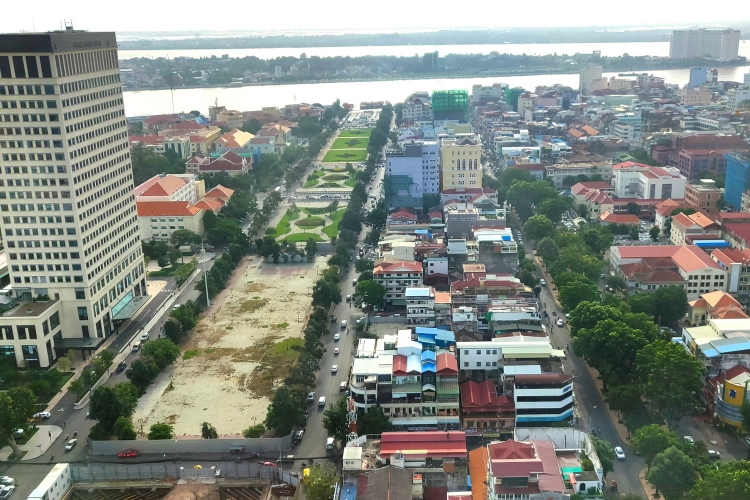Asia Pacific Real Estate Forecast 2025: Navigating Challenges with Resilience and Opportunity
The Asia Pacific real estate market is poised for steady growth in 2025, buoyed by easing global interest rates and projected regional GDP growth of 4.4%, despite persistent challenges such as China’s ongoing property market struggles and geopolitical tensions. the International Monetary Fund (IMF) and World Bank confirmed these growth projections in their recent regional […]
Cambodia Faces Mounting Debt Challenges in the Real Estate Sector
The real estate sector in Cambodia is grappling with mounting financial concerns, as total housing debt nears USD 1 billion, according to insights shared during the recent roundtable discussion, The Debt Situation in Cambodia, organised by the Real Estate and Mortgage Regulatory Authority. Mr Chou Vannak, Director General of the authority, revealed that homebuyers owe […]
Expert: Dual-Pronged Strategy to Navigate Post-Pandemic Challenges in the ASEAN+3 Property Market
The ASEAN+3 property markets, encompassing ASEAN nations along with China, Hong Kong, Japan, and Korea, are grappling with declining prices and transaction volumes, compounded by financial constraints, surplus inventory, and at-risk developers. These challenges, exacerbated in the Plus-3 economies by stricter financial conditions and diminished buyer confidence, underscore the pressing need for stabilization measures in […]
Critical Analysis of Cambodia’s Stamp Duty Exemption Policy for Properties Valued at USD 70,000 or Less
The Cambodian government’s decision to introduce a stamp duty exemption for properties valued at USD 70,000 or less is a policy aimed at alleviating the financial burden on property buyers and stimulating the real estate market. However, while this policy appears beneficial on the surface, a deeper analysis reveals both advantages and disadvantages that raise […]
Thai Office Space Vacancy Rate Rises 26.3%, Yet Thailand’s Richest Billionaire Optimistic on Market Demand Growth
Bangkok’s office vacancy rate in prime Grade A buildings has soared to 26.3%, reflecting a growing oversupply, but Frasers Property Limited, led by Thailand’s wealthiest scion, is betting on the US-China trade feud to drive demand for office and industrial spaces across Southeast Asia, according to the Bangkok Post on 19 September 2024. With a […]
Thailand’s USD 6.5 Billion EV Industry Set to Power Commercial Real Estate Growth
Thailand’s fast-growing electric vehicle (EV) industry is projected to generate a real estate market worth at least USD 6.5 billion by 2030, driven by government policies and strong foreign investments. As the country aims to solidify its position as Southeast Asia’s leading hub for EV manufacturing, this growth will fuel demand for specialized real estate […]



 ខ្មែរ
ខ្មែរ







